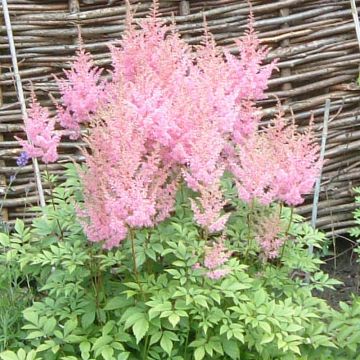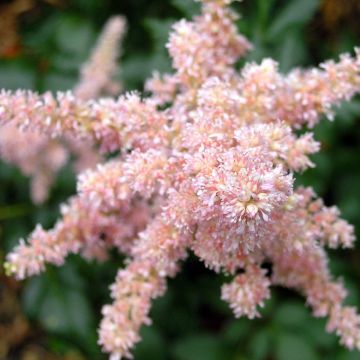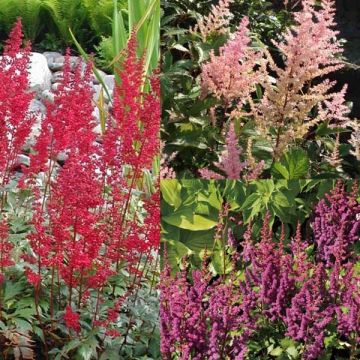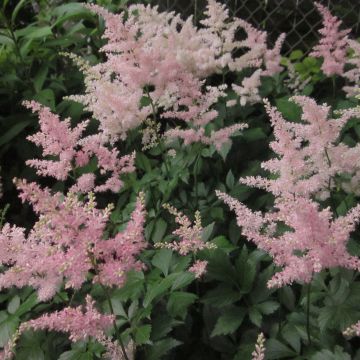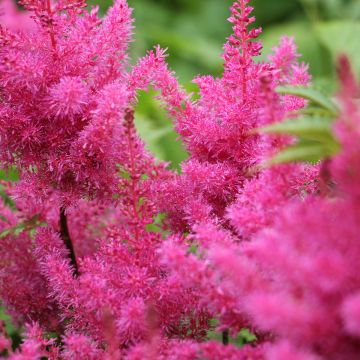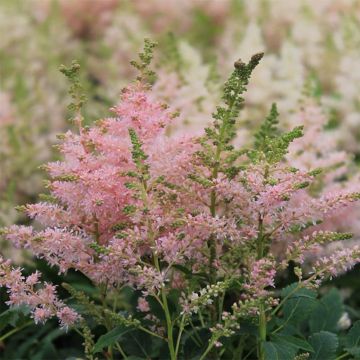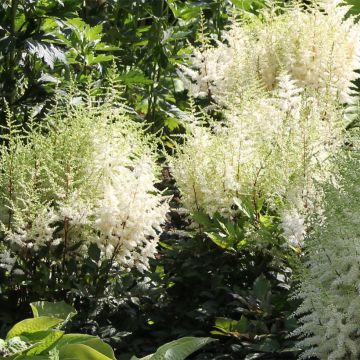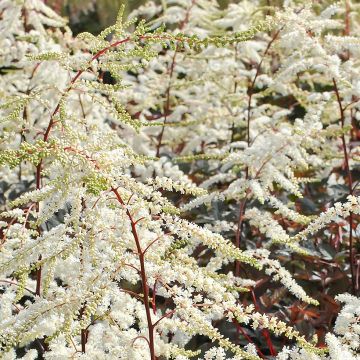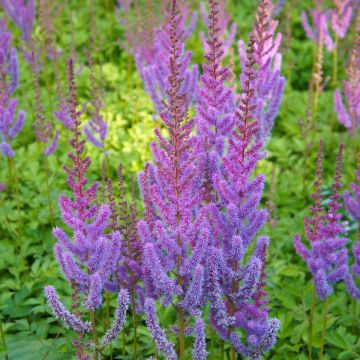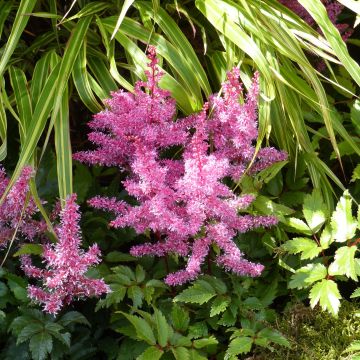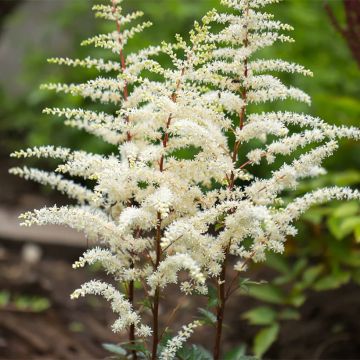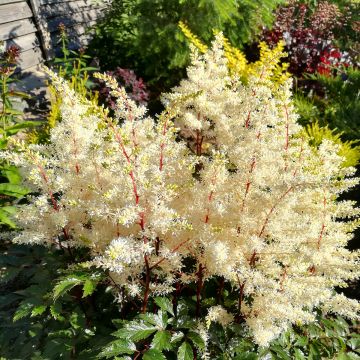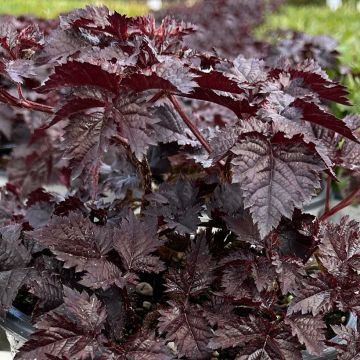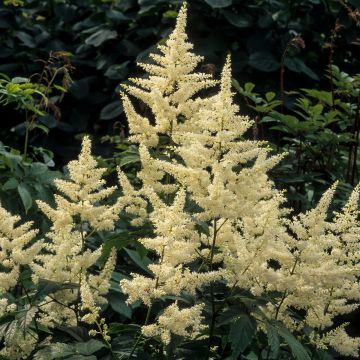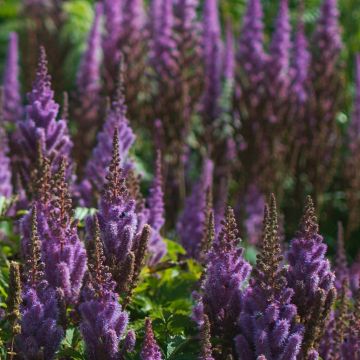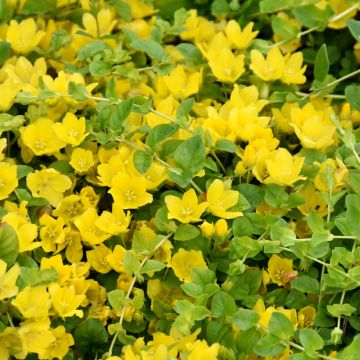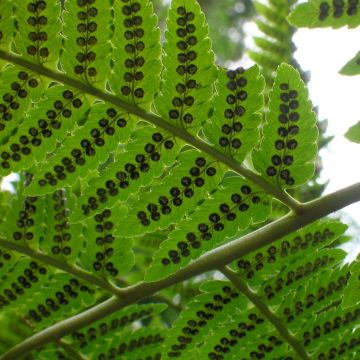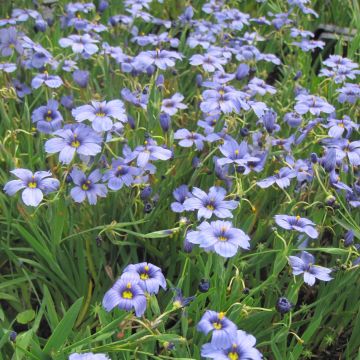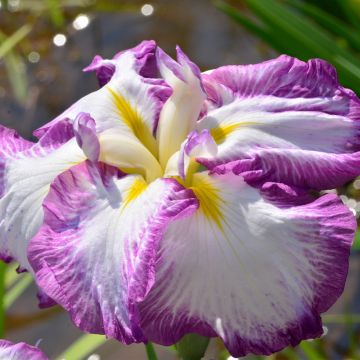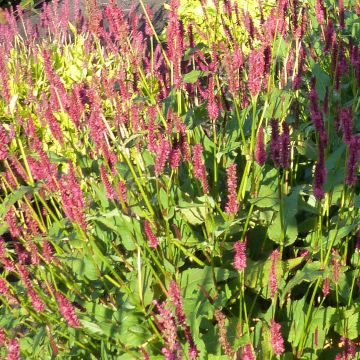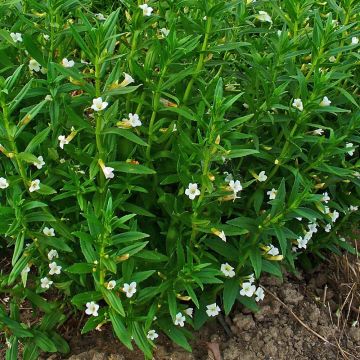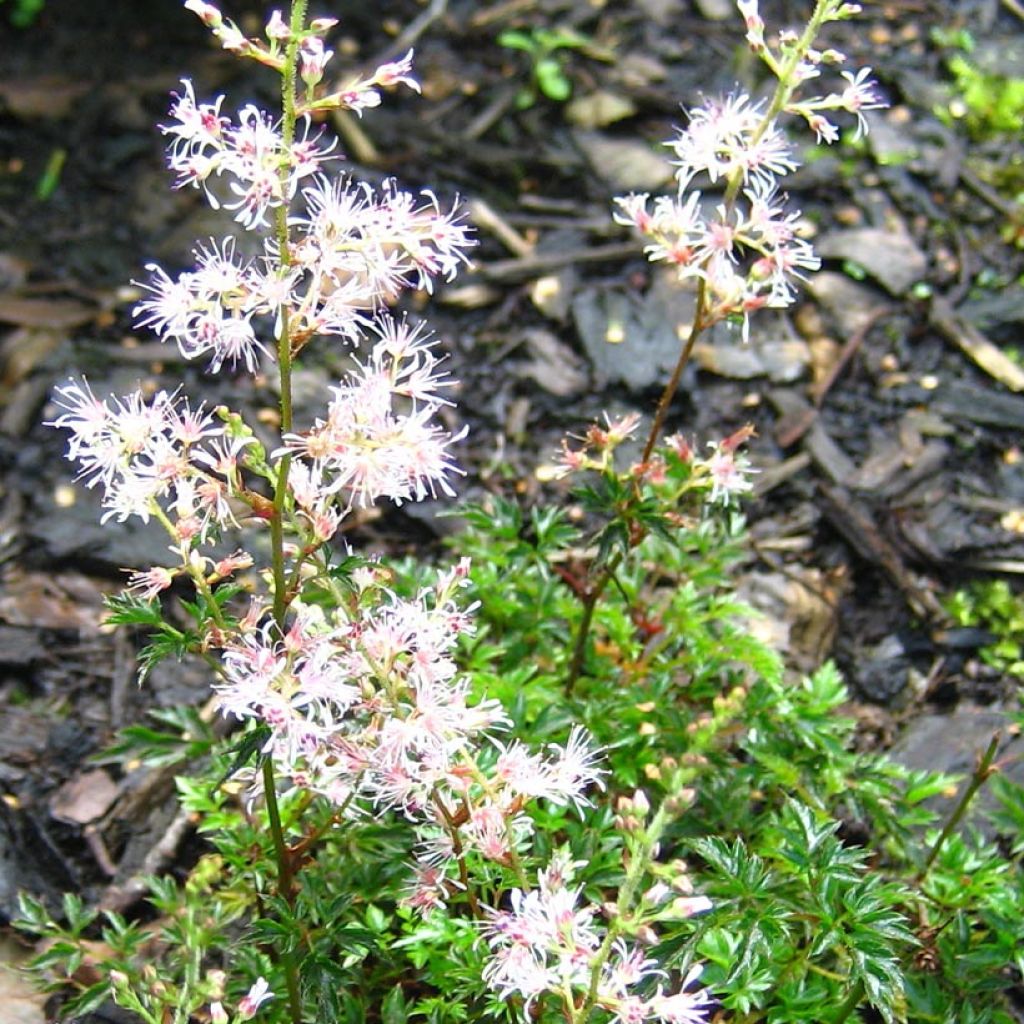

Astilbe Saxosa - Smooth rock astilbe
Astilbe Saxosa - Smooth rock astilbe
Astilbe glaberrima ssp. saxosa
Smooth rock astilbe, florist's spiraea
Special offer!
Receive a €20 voucher for any order over €90 (excluding delivery costs, credit notes, and plastic-free options)!
1- Add your favorite plants to your cart.
2- Once you have reached €90, confirm your order (you can even choose the delivery date!).
3- As soon as your order is shipped, you will receive an email containing your voucher code, valid for 3 months (90 days).
Your voucher is unique and can only be used once, for any order with a minimum value of €20, excluding delivery costs.
Can be combined with other current offers, non-divisible and non-refundable.
Why not try an alternative variety in stock?
View all →This plant carries a 12 months recovery warranty
More information
We guarantee the quality of our plants for a full growing cycle, and will replace at our expense any plant that fails to recover under normal climatic and planting conditions.
Would this plant suit my garden?
Set up your Plantfit profile →
Description
Astilbe Saxosa, nicknamed the Smooth Rock Astilbe is one of the smallest species in this genus. This adorable miniature perennial plant, which develops slowly from its crown, has glossy, finely cut, slightly crisped, bronze-green leaves with a touch of red. The pure white flower spikes that turn into seashell pink are infinitely graceful, and they bloom for several weeks in summer. Plant it in a shady rockery, in moist soil with small ferns and the beautiful Saxifraga stolonifera 'Cuscutiformis', for example.
Astilbe Saxosa (synonyms Astilbe japonica 'Saxosa', Astilbe glaberrima saxosa minor) belongs to the saxifrage family. It is a relatively rare form of Astilbe glaberrima, native to Yakushima Island, Japan. It is a small rhizomatous perennial plant that forms clumps about 10 cm (4in) tall and 20 cm (8in) wide. Its deciduous foliage emerges in spring and consists of deeply divided, shiny, finely crisped leaves. The flowering period occurs between June and late August and lasts for over 2 months. The flower spikes rise 10-15 cm (4-6in) above the foliage with tiny, tousled flowers with protruding stamens grouped in spikes about 10 cm (4in) long on reddish stems. They are white when they bloom and turn pale mauve pink as they mature. The above-ground vegetation dries up in autumn.
Astilbe Saxosa is a collector's plant that will delight enthusiasts of Asian woodland plants. This species is less cold-resistant than classic astilbes (Astilbes chinensis or A. arendsii) but still hardy down to -15°C (5°F). It thrives particularly well in humid and temperate climates, between stones, in a non-scorching exposure. For example, associate it with saxifrages, Corydalis, an elegant capillary, and other small gems that thrive in the same conditions.
Report an error about the product description
Flowering
Foliage
Plant habit
Botanical data
Astilbe
glaberrima
ssp. saxosa
Saxifragaceae
Smooth rock astilbe, florist's spiraea
Astilbe saxosa minor
Cultivar or hybrid
Other Astilbe - False Goatsbeard
View all →Planting and care
Astilbe Saxosa will thrive in moist to wet, well-drained soil, partially shaded, in not too dense shade, or even in the sun if the soil remains consistently moist in summer. A humus-rich and clayey soil is suitable, acidic, neutral or slightly alkaline. This species is sensitive to heat and cannot tolerate any drought. Its foliage can be damaged by scorching sun. It can also be planted by the water's edge in regions with mild winters.
Planting period
Intended location
Care
This item has not been reviewed yet - be the first to leave a review about it.
Similar products
Haven't found what you were looking for?
Hardiness is the lowest winter temperature a plant can endure without suffering serious damage or even dying. However, hardiness is affected by location (a sheltered area, such as a patio), protection (winter cover) and soil type (hardiness is improved by well-drained soil).

Photo Sharing Terms & Conditions
In order to encourage gardeners to interact and share their experiences, Promesse de fleurs offers various media enabling content to be uploaded onto its Site - in particular via the ‘Photo sharing’ module.
The User agrees to refrain from:
- Posting any content that is illegal, prejudicial, insulting, racist, inciteful to hatred, revisionist, contrary to public decency, that infringes on privacy or on the privacy rights of third parties, in particular the publicity rights of persons and goods, intellectual property rights, or the right to privacy.
- Submitting content on behalf of a third party;
- Impersonate the identity of a third party and/or publish any personal information about a third party;
In general, the User undertakes to refrain from any unethical behaviour.
All Content (in particular text, comments, files, images, photos, videos, creative works, etc.), which may be subject to property or intellectual property rights, image or other private rights, shall remain the property of the User, subject to the limited rights granted by the terms of the licence granted by Promesse de fleurs as stated below. Users are at liberty to publish or not to publish such Content on the Site, notably via the ‘Photo Sharing’ facility, and accept that this Content shall be made public and freely accessible, notably on the Internet.
Users further acknowledge, undertake to have ,and guarantee that they hold all necessary rights and permissions to publish such material on the Site, in particular with regard to the legislation in force pertaining to any privacy, property, intellectual property, image, or contractual rights, or rights of any other nature. By publishing such Content on the Site, Users acknowledge accepting full liability as publishers of the Content within the meaning of the law, and grant Promesse de fleurs, free of charge, an inclusive, worldwide licence for the said Content for the entire duration of its publication, including all reproduction, representation, up/downloading, displaying, performing, transmission, and storage rights.
Users also grant permission for their name to be linked to the Content and accept that this link may not always be made available.
By engaging in posting material, Users consent to their Content becoming automatically accessible on the Internet, in particular on other sites and/or blogs and/or web pages of the Promesse de fleurs site, including in particular social pages and the Promesse de fleurs catalogue.
Users may secure the removal of entrusted content free of charge by issuing a simple request via our contact form.
The flowering period indicated on our website applies to countries and regions located in USDA zone 8 (France, the United Kingdom, Ireland, the Netherlands, etc.)
It will vary according to where you live:
- In zones 9 to 10 (Italy, Spain, Greece, etc.), flowering will occur about 2 to 4 weeks earlier.
- In zones 6 to 7 (Germany, Poland, Slovenia, and lower mountainous regions), flowering will be delayed by 2 to 3 weeks.
- In zone 5 (Central Europe, Scandinavia), blooming will be delayed by 3 to 5 weeks.
In temperate climates, pruning of spring-flowering shrubs (forsythia, spireas, etc.) should be done just after flowering.
Pruning of summer-flowering shrubs (Indian Lilac, Perovskia, etc.) can be done in winter or spring.
In cold regions as well as with frost-sensitive plants, avoid pruning too early when severe frosts may still occur.
The planting period indicated on our website applies to countries and regions located in USDA zone 8 (France, United Kingdom, Ireland, Netherlands).
It will vary according to where you live:
- In Mediterranean zones (Marseille, Madrid, Milan, etc.), autumn and winter are the best planting periods.
- In continental zones (Strasbourg, Munich, Vienna, etc.), delay planting by 2 to 3 weeks in spring and bring it forward by 2 to 4 weeks in autumn.
- In mountainous regions (the Alps, Pyrenees, Carpathians, etc.), it is best to plant in late spring (May-June) or late summer (August-September).
The harvesting period indicated on our website applies to countries and regions in USDA zone 8 (France, England, Ireland, the Netherlands).
In colder areas (Scandinavia, Poland, Austria...) fruit and vegetable harvests are likely to be delayed by 3-4 weeks.
In warmer areas (Italy, Spain, Greece, etc.), harvesting will probably take place earlier, depending on weather conditions.
The sowing periods indicated on our website apply to countries and regions within USDA Zone 8 (France, UK, Ireland, Netherlands).
In colder areas (Scandinavia, Poland, Austria...), delay any outdoor sowing by 3-4 weeks, or sow under glass.
In warmer climes (Italy, Spain, Greece, etc.), bring outdoor sowing forward by a few weeks.






























